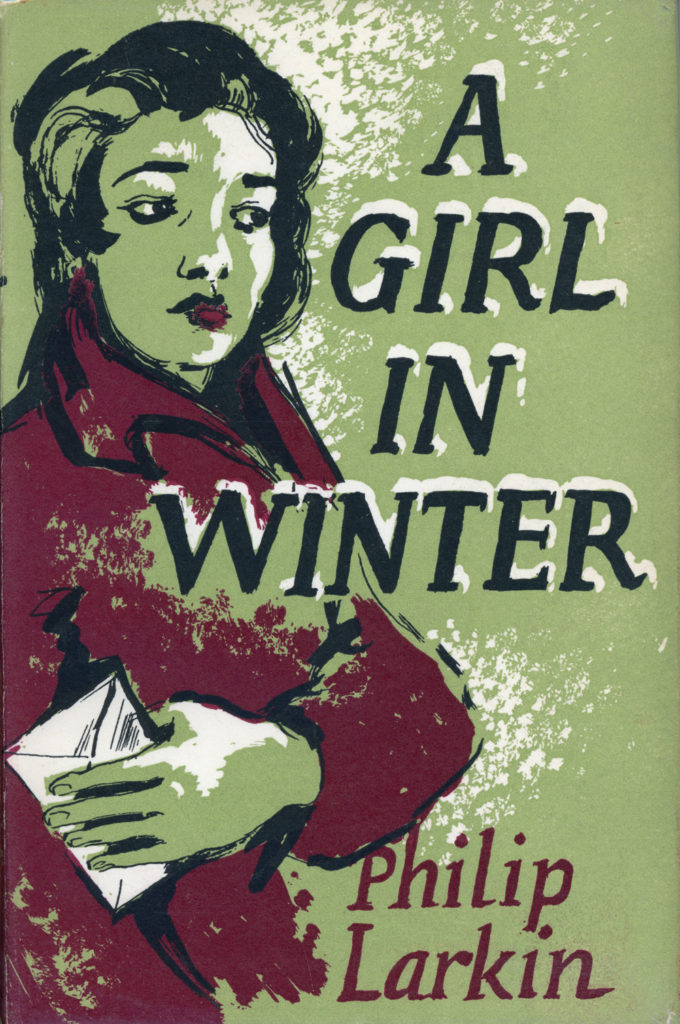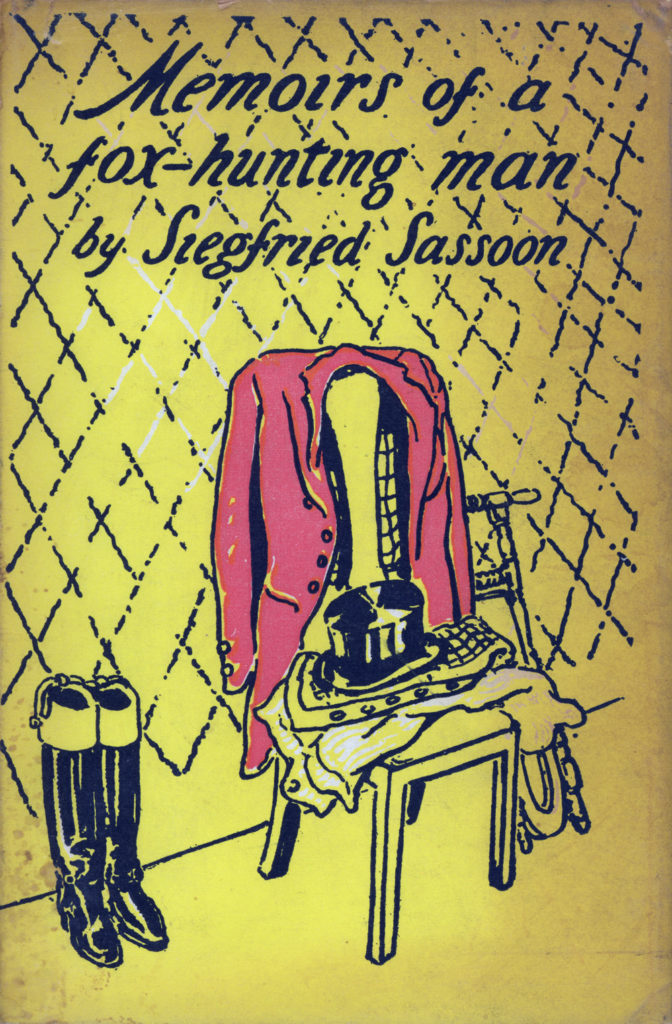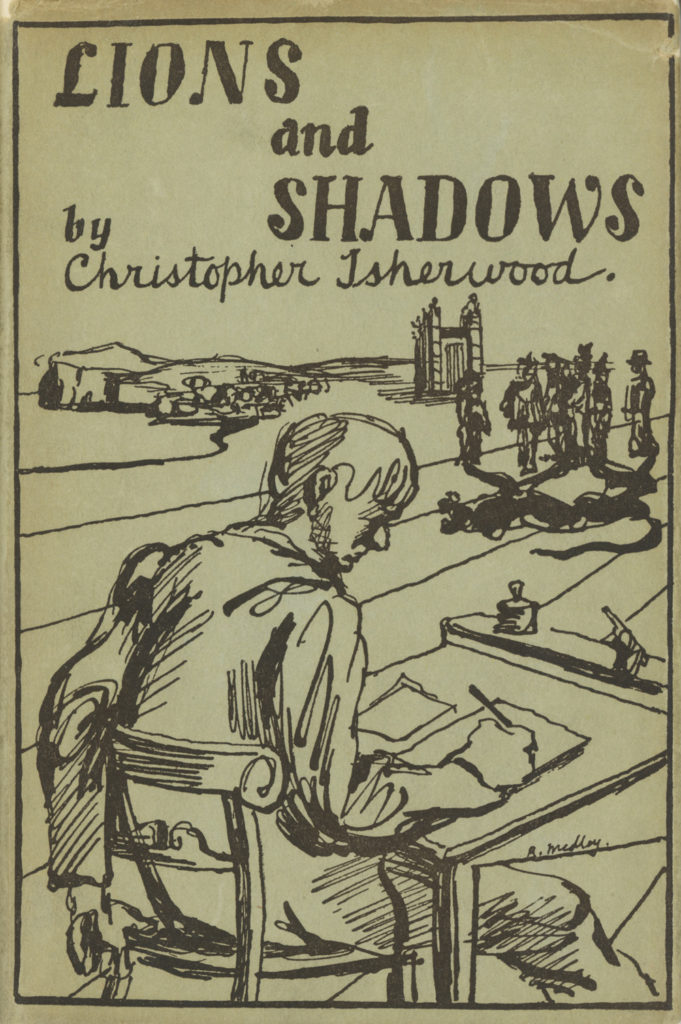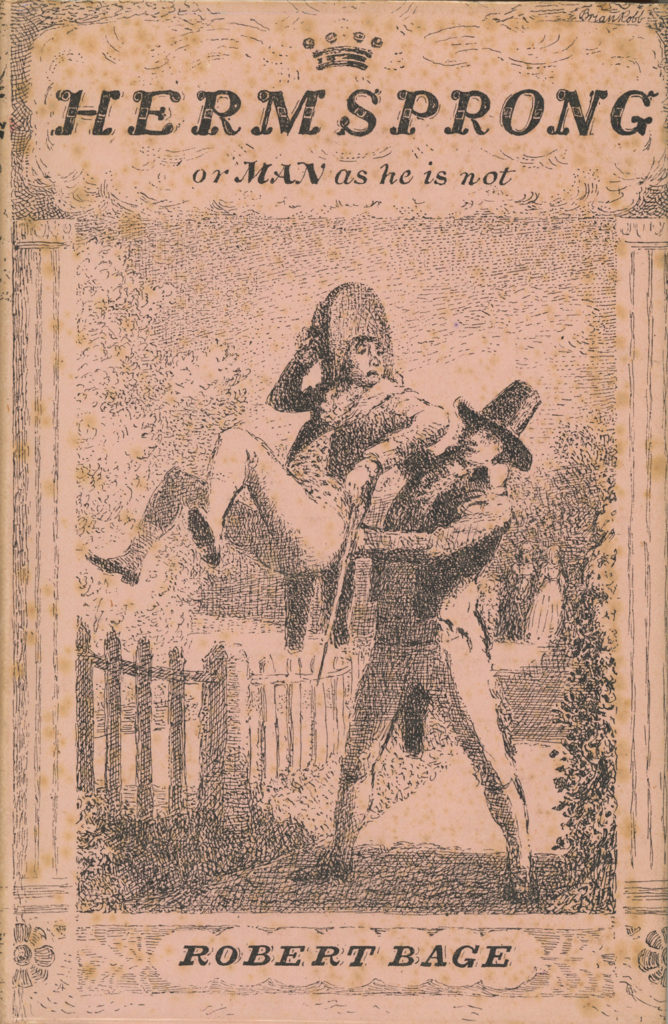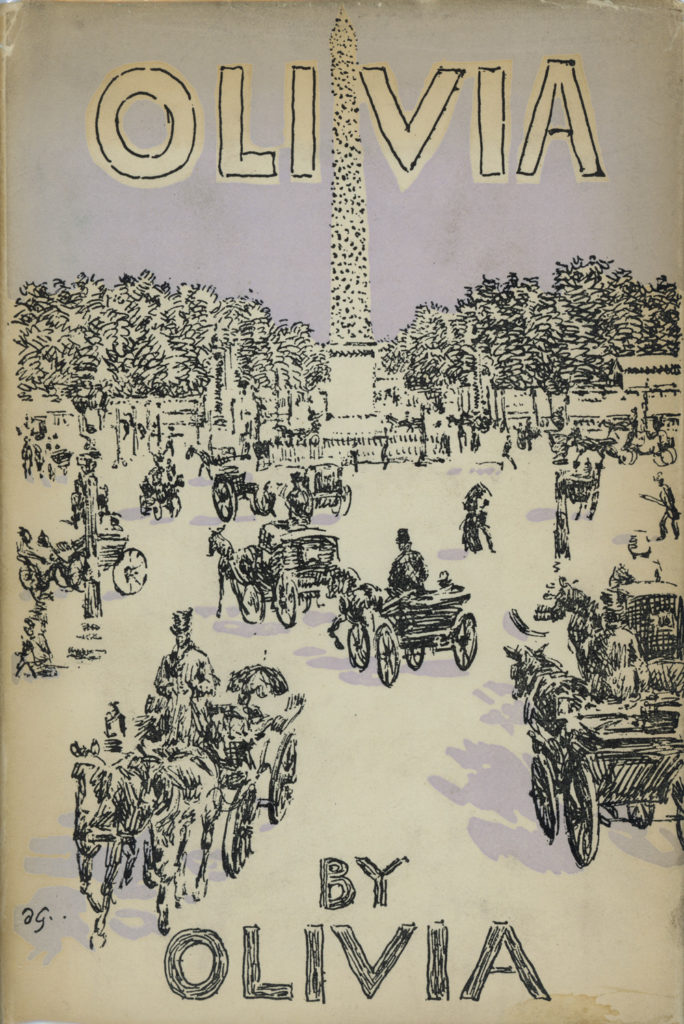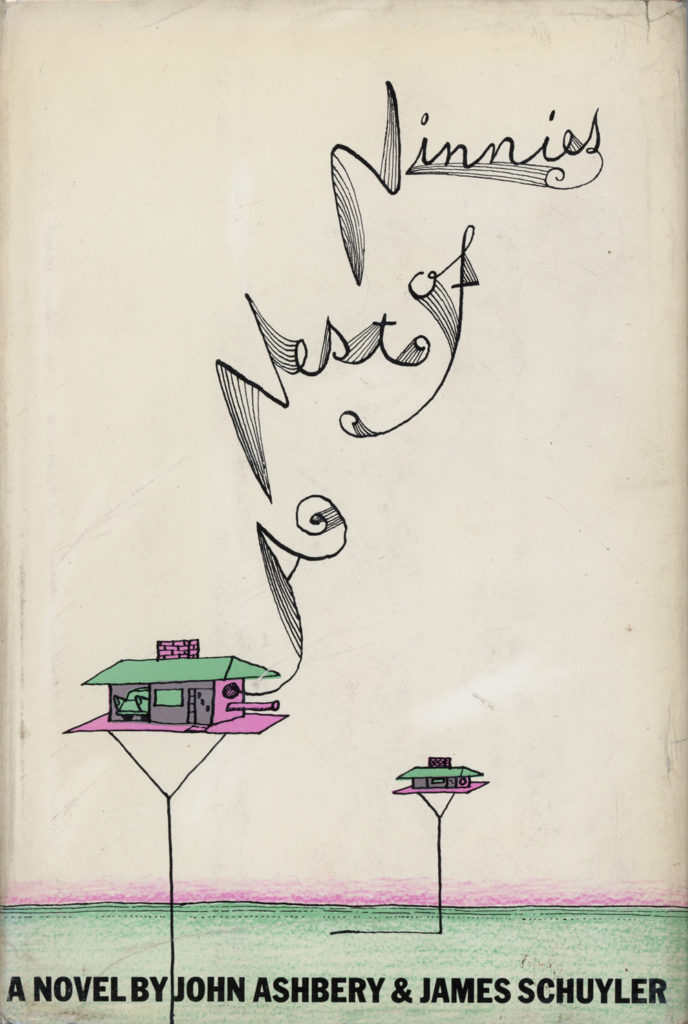One of my favorite telling details, in the ongoing story of the vanishing of New York’s bookstores, is from a 1926 review by Edmund Wilson of the then-new uptown location of the bookstore Brentano’s:
One finds in the new Brentano’s the same admirable features as in the old: the varied and enormous stock, the easily accessible galleries, the comprehensive foreign departments, with clerks who are at home in the languages of the literatures to which they are accredited, and the fascinating display, in the basement, of the tables of periodicals from all over the Western world.
Working in a bookstore will always be cool, but in Wilson’s day, it was apparently reasonable to expect the staff of a top-of-the-line bookstore to be conversant in multiple languages. No doubt there are a few such staff still in New York today—McNally Jackson has very smart-looking foreign-language sections—but I’m pretty sure that such standards long ago ceased to be de rigueur. An article in The Guardian today by Oliver Conroy charts the decline, more plainly, in numbers:
In 1950, Manhattan had 386 bookstores, according to Gothamist; by 2015, the number was down to 106. Now, according to a count by the city’s best-known bookstore, the Strand, there are fewer than 80.
“Why are New York’s bookstores disappearing?” Conroy wonders. As possible explanations he cites competition from Amazon, a secular decline in the habit of reading (which I’ve written about before), and spikes in retailers’ rents, which are sometimes caused by real estate speculators. All of these are likely contributing—indeed, McNally Jackson’s Soho store is seeing its rent hiked from $350,000 a year to $650,000—but there’s another cause that I suspect is more powerful.
The economist Steven E. Landsburg spells it out in Can You Outsmart an Economist, a new book that hides key economic ideas inside the Trojan horse of dad-friendly mind-benders. After challenging readers to explain such mysteries as why people stand still on escalators, Landsburg offers a puzzle relevant to bookstores: “Why doesn’t Sony wants its TVs sold at a discount?”
Sony is far from the only company that insists on what’s known as “resale price maintenance” or, less charitably, “vertical price-fixing.” Most big-ticket consumer electronics items in America can’t be bought cheaper from one retailer versus another. Want an Apple I-phone? Want a Fujifilm digital rangefinder? Try to shop around, and you’ll quickly discover that the prices offered by all retailers uncannily coincide. The practice is completely legal. Antitrust law won’t allow a manufacturer like Canon to coordinate its pricing decisions with a rival like Fujifilm, but Canon is free to dictate independently the prices of all its brand-new Canon goods. All it has to do is require retailers to sign pricing agreements and refuse to supply stock to any who fail to follow instructions.
As Landsburg points out, it isn’t obvious why a company like Sony should “care about the retail price of its TVs.” Sony, as a manufacturer, only gets paid the wholesale price of its TVs, after all. If a retailer is willing to lower the retail price, cutting into its own profit share, why should the manufacturer mind? In general, a manufacturer expects to sell more units when the retail price is lower, or so the simple math of the supply-and-demand curve predicts. Why then do so many of the most successful companies selling in America think different on this question?
Landsburg explains:
If retailers are free to set their own prices, you’ll walk into Best Buy, latch onto a salesperson, ask questions for an hour, spend another hour playing your favorite You Tube videos on all the different display models, ask a bunch more questions, and then go home and order from Amazon, where the price is lower. Best Buy will soon enough get tired of this and either stop carrying Sonys altogether or stop displaying them.
Or go out of business, one might add, though Landsburg doesn’t mention that alternative. If price is invariable, on the other hand, retailers, instead of competing on price, have to compete by offering better service. If, as a manufacturer, you take pride in the quality of what you make, you want customers to have a chance to become more knowledgeable. In the corporate world, in other words, it’s widely understood—it’s a commonplace—that the only way to create a network of pleasant, thriving retailers is to control pricing.
So if the economic principle is so obvious, you’re no doubt asking, then why haven’t the publishers of America instituted vertical price-fixing?
Maybe books are different? They don’t seem to be. For a quick proof, consider that “Germany, France, the Netherlands, Italy, and Spain allow the vertical price-fixing of books,” as I wrote in this 2012 blog post, reporting on a conference about the future of books and copyright, and bookstores in those countries are prospering. If you’re a reader and you’ve visited one of those countries recently, you’ve probably seen them and wept. Maybe, as I constantly worry, reading itself is in decline, but it seems that bookstores needn’t be in a decline quite as steep as that in America and the United Kingdom.
Note an important difference in the kind of argument used to justify the laws that allow (and in France, require) publishers to set retail prices. Laws are passed for the common good, not to ensure that the customers of a manufacturer have a pleasant retail experience. The rationale for laws allowing publishers to control their books’ prices, therefore, is public-spirited rather than hard-headed. As I wrote in 2012,
The nations that allow for “resale price maintenance” . . . in publishing justify the legal exception for three reasons. They believe that it brings a bookstore to every village, that it makes possible a wide selection of books in those bookstores, and that it enables less-popular books to be subsidized by more-popular ones. In other words, the argument for resale price maintenance rests largely on the contribution that local, independent bookstores make to cultural life.
Online bookstores like Amazon might seem to undermine these rationales, because an online bookstore can bring a wider variety of books to a broader geographic range of citizens than any network of brick-and-mortar bookstores can. There’s an objection to this objection, however—an asymmetry. If a combination of uncontrolled pricing and online bookselling drives a brick-and-mortar bookstore out of existence, the special benefit to consumer-citizens that was provided by that well-managed brick-and-mortar bookstore is destroyed. The reverse, however, is not true. That is, if publishers were to control control prices, thereby supporting brick-and-mortar stores, the market share of online booksellers might well shrink, but it’s improbable that all online booksellers would for that reason go out of business, and as long as even one reputable online bookseller remained, the boons of wide variety and wide geographic distribution would remain available. If you believe that these boons are worth preserving, you needn’t necessarily oppose allowing publishers to set the retail prices of their books. Amazon remains in business in France even though it’s against the law there for online booksellers to undersell their brick-and-mortar rivals.
It isn’t exactly a surprise that a number of social democratic European nations have held onto the belief that bookstores contribute to cultural life and deserve protection, while in America and the United Kingdom, where the legal and political elites tend to be more market-fundamentalist, the consensus seems to be that cheaper book prices are worth more than the affordances of a nice bookstore. None of these ideological preferences alters the underlying economics of price-setting, however. Publishers needn’t wait wait for politicians, or for abstract moral argumentation, if they believe that well-run brick-and-mortar stores are the most congenial environments for introducing their books to readers. And in my experience, especially if one is looking to discover new books of high literary quality, nothing surpasses handling, sniffing, and leafing through ink-on-paper volumes in a well-curated brick-and-mortar store.
If Penguin Random House (to name the mega-conglomerate that happens to be publishing me this August) wanted to adopt Sony’s corporate strategy on the pricing of its TVs, it could do so tomorrow. Alas, there would be enormous risks. Federal antitrust regulators would be watching skeptically, because American publishers did adopt that strategy with e-books, as a roundabout way of supporting the price of ink-on-paper books, and got caught colluding with one another, in violation of antitrust law, when they did so. In the end, the publishers did get their way in the pricing of e-books, as Mike Shatzkin and Robert Paris Riger explain in The Book Business, a new primer on the behind-the-scenes economics of publishing. The results were mixed. Amazon decided to “let the big publishers be hoisted with their own petard,” Shatzkin and Riger write. While publishers kept the retail price of their e-books high, Amazon cultivated an alternative supply of e-books that were in the public domain or by authors who were self-published or who had taken their copyrights back from their original publishers. “The big publisher share of the e-book market appears to have steadily diminished since agency pricing began,” Shatzkin and Riger report, but “publishers take some comfort in the fact that print book sales have stabilized.”
I’m skating perilously close to turning this into an endless blog post about economics and the future of literature, so I’ll cut it short: Brick-and-mortar bookstores remain invaluable for publishers hoping to reach consumers who discriminate for literary quality and are interested in new titles, and as best I can figure it, vertical price-fixing is the only way to support an ecosystem of brick-and-mortar bookstores in the long term. The first publisher to attempt vertical price-fixing, however, will risk being undersold by rivals who delay adopting the strategy and being attacked in some way by Amazon, who will see it as a threat to market share. There will also be a more general risk, if prices are set too high, of spurring consumers to defect to cheaper alternatives.

